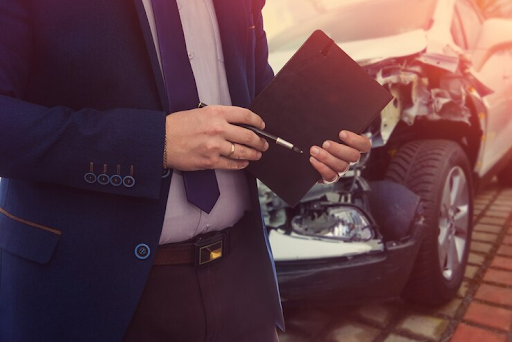Table of Contents :
Untangling the Blame: Who Is at Fault in a Chain Reaction Car Accident?
Imagine yourself driving along a highway, going about your business, when all of a sudden, the automobile in front of you applies the brakes forcefully. You react quickly, but the car behind you isn’t as fortunate, rear-ending your vehicle and causing a chain reaction. In the chaos of a chain reaction car accident, determining fault can be a convoluted process. Let’s delve into this intricate scenario and understand the nuances of liability.
In bustling urban centers like the Bronx, car accidents are unfortunately not uncommon occurrences. With congested roads and busy intersections, the risk of chain reaction accidents looms large. In such situations, seeking guidance from a knowledgeable car accident lawyer Bronx becomes imperative.
Chain reaction accidents typically involve multiple vehicles and unfold rapidly, leaving little time for drivers to react. Amidst the chaos, assigning blame can be challenging. However, understanding the principles of negligence can shed light on the culpability of each party involved. Thus, consulting a Bronx car accident lawyer becomes crucial.
In the Bronx car accident attorney is well-versed in navigating the complexities of chain reaction collisions. Their expertise in accident reconstruction and legal analysis enables them to unravel the sequence of events and determine liability accurately.
So, who is at fault in a chain reaction car accident? Liability often hinges on the actions of each driver leading up to the collision.
Here’s a breakdown of potential scenarios:
The Initial Catalyst:
In many chain reaction accidents, there’s an initial catalyst—a driver who initiates the sequence of events by making a sudden stop, swerve, or other erratic maneuver. This driver may be held primarily responsible for triggering the chain reaction, especially if their actions were reckless or negligent. A skilled Bronx car accident lawyer can help establish liability by examining factors such as speeding, distracted driving, or failure to signal.
Following Too Closely:
Tailgating is a common precursor to rear-end collisions, which often precipitate chain reaction accidents. If a driver fails to maintain a safe following distance and collides with the vehicle in front, they may be deemed at fault for the subsequent chain reaction. In such cases, proving negligence typically involves demonstrating the driver’s failure to exercise reasonable care under the circumstances. A proficient car accident lawyer in the Bronx can gather evidence, such as witness testimonies and surveillance footage, to support the claim.
Contributory Negligence:
It’s essential to recognize that liability in a chain reaction accident may be shared among multiple parties. Even if a driver was rear-ended, their actions leading up to the collision could impact the allocation of fault. For instance, if they abruptly changed lanes without signaling or made an unexpected stop, their contributory negligence might diminish their claim. A seasoned Bronx car accident lawyer can assess the factors at play and advocate for a fair distribution of liability.
In the aftermath of a chain reaction car accident in the Bronx, seeking legal representation is crucial to safeguarding one’s rights and pursuing rightful compensation. Car accident lawyer Bronx possesses the requisite knowledge and experience to navigate the intricacies of such cases, advocating tirelessly on behalf of their clients.
In conclusion, unraveling the web of liability in a chain reaction car accident requires a meticulous examination of the circumstances leading up to the collision. While determining fault may be complex, legal professionals, the Bronx car accident attorney is equipped to handle the intricacies of such cases. By enlisting the services of a skilled attorney, victims can pursue justice and secure the compensation they deserve. If you ever find yourself in this situation, do not hesitate to consult a specialized Bronx car accident attorney at NYlawnet.


